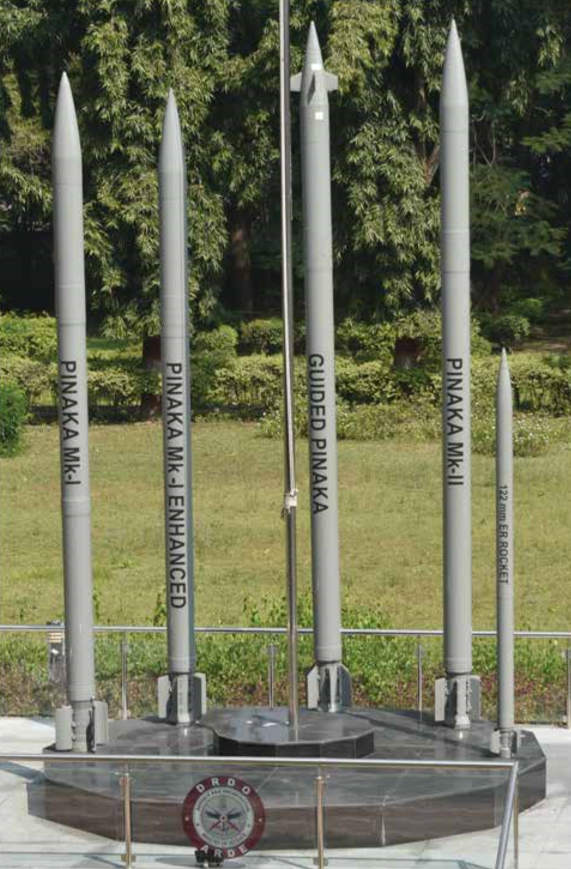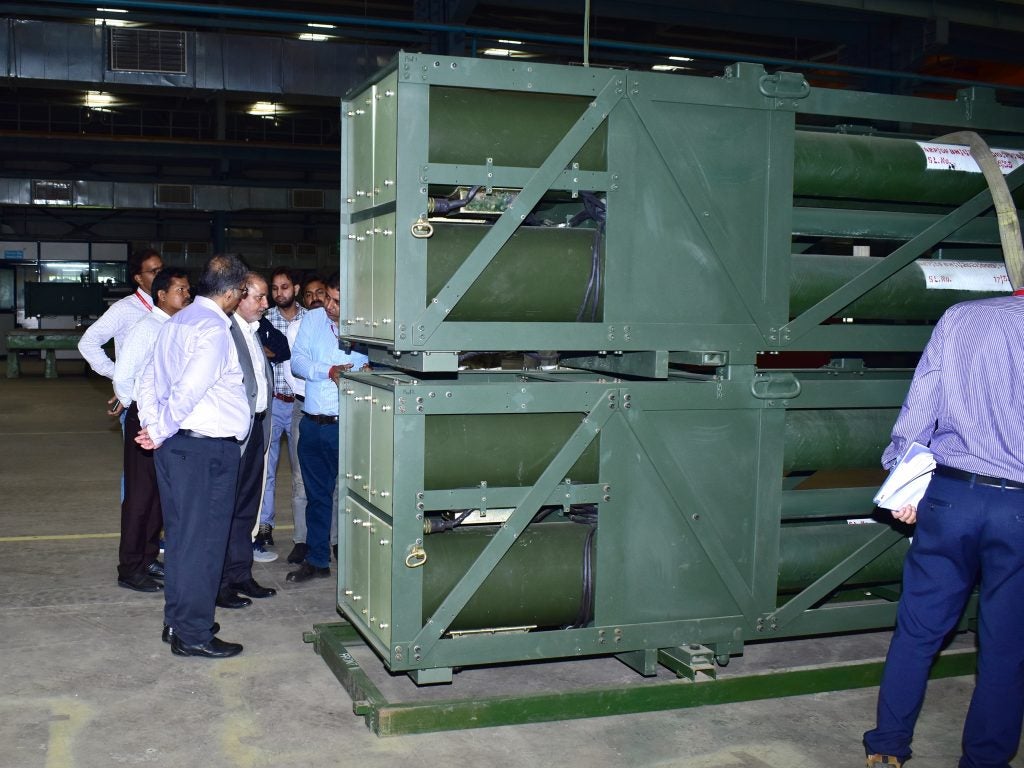Can it be produce in enough numbers ?
Should be.
BDL has decent and growing production capacity and has seen lot of investment in the last 5 years.
Can it be produce in enough numbers ?
It has a lot of commonality with our existing systems with over 90%+ indigenous content. Given the number of indigenous missiles and ADs we've been inducting lately, there should be no issue producing these in numbersCan it be produce in enough numbers ?
Are these GaN modules developed and manufactured in India?It has a lot of commonality with our existing systems with over 90%+ indigenous content. Given the number of indigenous missiles and ADs we've been inducting lately, there should be no issue producing these in numbers
Radar & Control Systems: BEL
Launcher: L&T
Missiles: BDL
Carrier Vehicle: Ashok Leyland or Tata
Not to mention, this QRSAM has a GaN based radar which is kinda a first and among the most advanced radars in an Indian weapons system
View attachment 47565
Yeah, DRDO has established India's second GaN foundry at GAETEC lab in Telangana. First one is at IISc Bangalore.Are these GaN modules developed and manufactured in India?


This looks similar to Moskit / mini moskit(KH35)
i was always curious about MRSAM radar.DRDO's MRSAM




Land based systems come with a multi-function radar (not much info on this in public domain) and can be integrated with other radar systems as needed. For instance, IN's MR-SAMs are integrated with the MF-STAR radars onboard our destroyers and frigates to simultaneously engage multiple targetsi was always curious about MRSAM radar.
I know how air defense systems works! whether it is land based or naval. I am just curious, if it is the same israeli EL/M-2084 FCR which is used with barak 8. ( Given MRSAM is developed based on barak 8. And also IN uses israeli radar with MRSAM on board of its destroyers and frigates, as you pointed out )Land based systems come with a multi-function radar (not much info on this in public domain) and can be integrated with other radar systems as needed. For instance, IN's MR-SAMs are integrated with the MF-STAR radars onboard our destroyers and frigates to simultaneously engage multiple targets
Have you noticed the missile dropped before the motor went off, unlike mk1 where the missile fires off a rail? They intend to use mk2 from inside AMCA bay in the future.
Ro @Nilgiri

